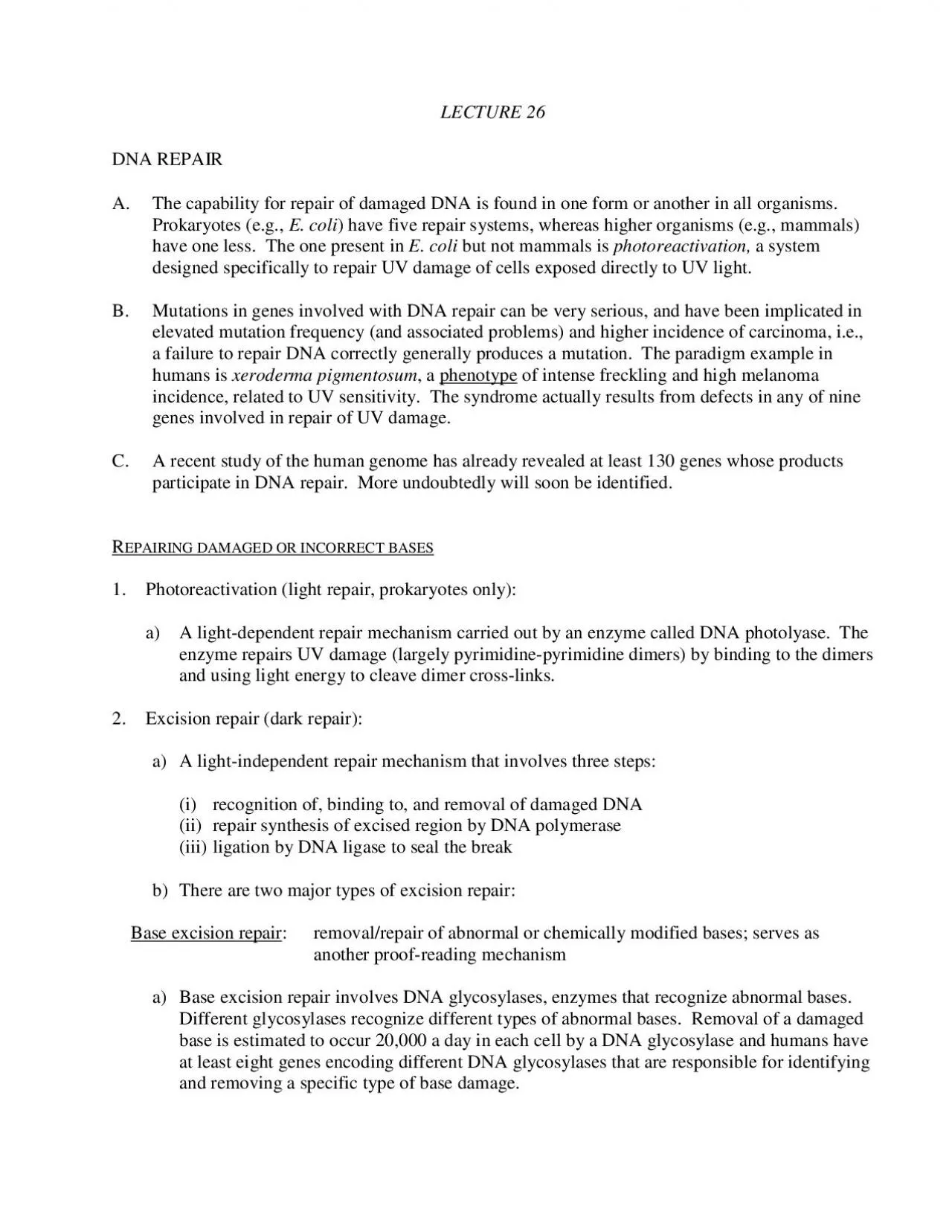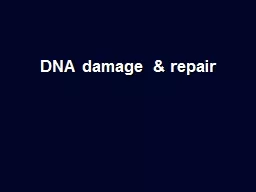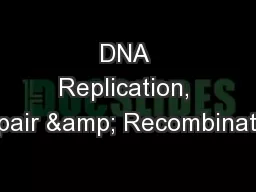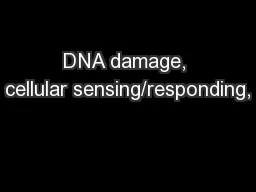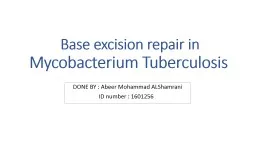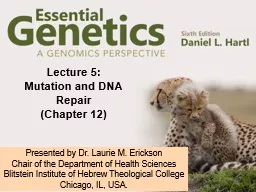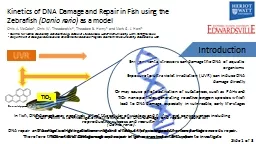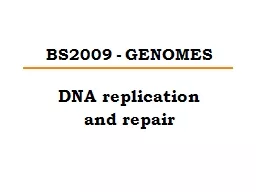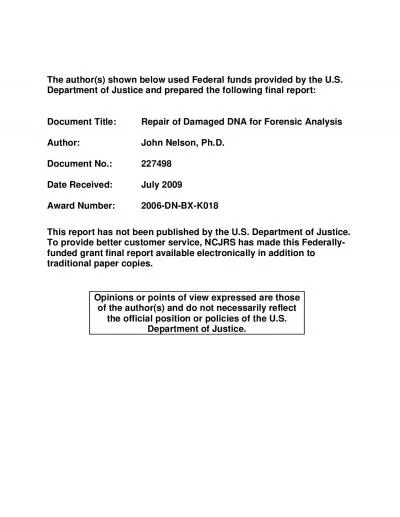PDF-LECTURE 26DNA REPAIRA The capability for repair of damaged DNA is fou
Author : luna | Published Date : 2022-09-06
of intense freckling and high melanoma incidence related to UV sensitivity The syndrome actually results from defects in any of nine genes involved in repair of
Presentation Embed Code
Download Presentation
Download Presentation The PPT/PDF document "LECTURE 26DNA REPAIRA The capability for..." is the property of its rightful owner. Permission is granted to download and print the materials on this website for personal, non-commercial use only, and to display it on your personal computer provided you do not modify the materials and that you retain all copyright notices contained in the materials. By downloading content from our website, you accept the terms of this agreement.
LECTURE 26DNA REPAIRA The capability for repair of damaged DNA is fou: Transcript
Download Rules Of Document
"LECTURE 26DNA REPAIRA The capability for repair of damaged DNA is fou"The content belongs to its owner. You may download and print it for personal use, without modification, and keep all copyright notices. By downloading, you agree to these terms.
Related Documents

